The Science of Seeing: Unlocking Retinotopic Mapping for Faster Reactions in Sports
Imagine an athlete so in tune with their surroundings that they react to a play before it even unfolds. A basketball player intercepts a pass with no clear line of sight, a soccer forward instinctively knows where the ball will land, and a fighter dodges a punch by the slimmest of margins. These feats may seem superhuman, but they are deeply rooted in neuroscience, specifically in a fascinating process called retinotopic mapping.
This built-in visual processing system is what allows the brain to map the world in real-time, instantly interpreting movement, distance, and spatial relationships. And in the high-stakes world of competitive sports, where every millisecond counts, optimizing this process can be the difference between victory and defeat.
What Is Retinotopic Mapping?
To understand retinotopic mapping, think of your brain as a hyper-efficient GPS system. The retina (the light-sensitive layer in the back of your eye) captures visual information and transmits it to the primary visual cortex (V1)—but it doesn’t just send raw data. It maintains the spatial structure of what you see, ensuring that your brain processes images exactly as they appear in the real world.
This means that when you track a moving object—like a baseball soaring through the air—your brain isn’t just reacting; it’s predicting where it will be next. The sharper and more efficient your retinotopic map, the better your brain becomes at recognizing movement patterns and making lightning-fast decisions.
How Retinotopic Mapping Enhances Athletic Performance
In the world of sports, reaction time is everything. A fraction of a second can be the difference between a game-winning save and a missed opportunity. Here’s how retinotopic mapping plays a pivotal role:
1. Faster Reaction Times
Athletes with well-developed retinotopic maps process visual cues more quickly, allowing them to react to fast-moving objects before they reach their final destination.
For example:
A boxer can dodge a punch by reading micro-movements in their opponent’s shoulders before the strike lands.
A tennis player can predict a serve’s trajectory as soon as the ball leaves the racket, positioning themselves accordingly.
In both cases, the athlete isn’t just reacting—they’re using their retinotopic map to anticipate and prepare.
2. Expanded Peripheral Awareness
Elite athletes don’t just focus on what’s in front of them—they process their entire field of vision. A well-tuned retinotopic map allows them to pick up subtle cues from their periphery, giving them an edge in fast-paced environments.
For example:
A quarterback senses a blitz coming from the corner of their vision and adjusts their throw just in time.
A soccer midfielder sees a teammate making a run in their peripheral vision and delivers a perfect pass without directly looking.
This ability to detect movement without shifting focus makes all the difference in high-speed, high-stakes competition.
3. Predictive Positioning
Athletes aren’t just reacting to where objects are—they’re constantly processing where they will be. A highly developed retinotopic map enables players to:
Calculate ball trajectories with greater accuracy.
Anticipate opponent movements based on micro-adjustments in body posture.
Make instinctive decisions without hesitation.
For example, a basketball defender can anticipate a pass by recognizing tiny shifts in an opponent’s stance and jump the passing lane before the ball is even released.
The Future of Sports Vision Training
With neuroscience and technology advancing, sports training is evolving beyond traditional drills. Virtual reality (VR) training, eye-tracking sensors, and AI-driven vision exercises are reprogramming how athletes process visual information.
By improving retinotopic mapping, athletes don’t just see the game better—they predict it faster, react more efficiently, and gain an edge over their competition.
At the highest level, where fractions of a second define legacies, mastering the science of seeing may be the next great leap in athletic performance.
